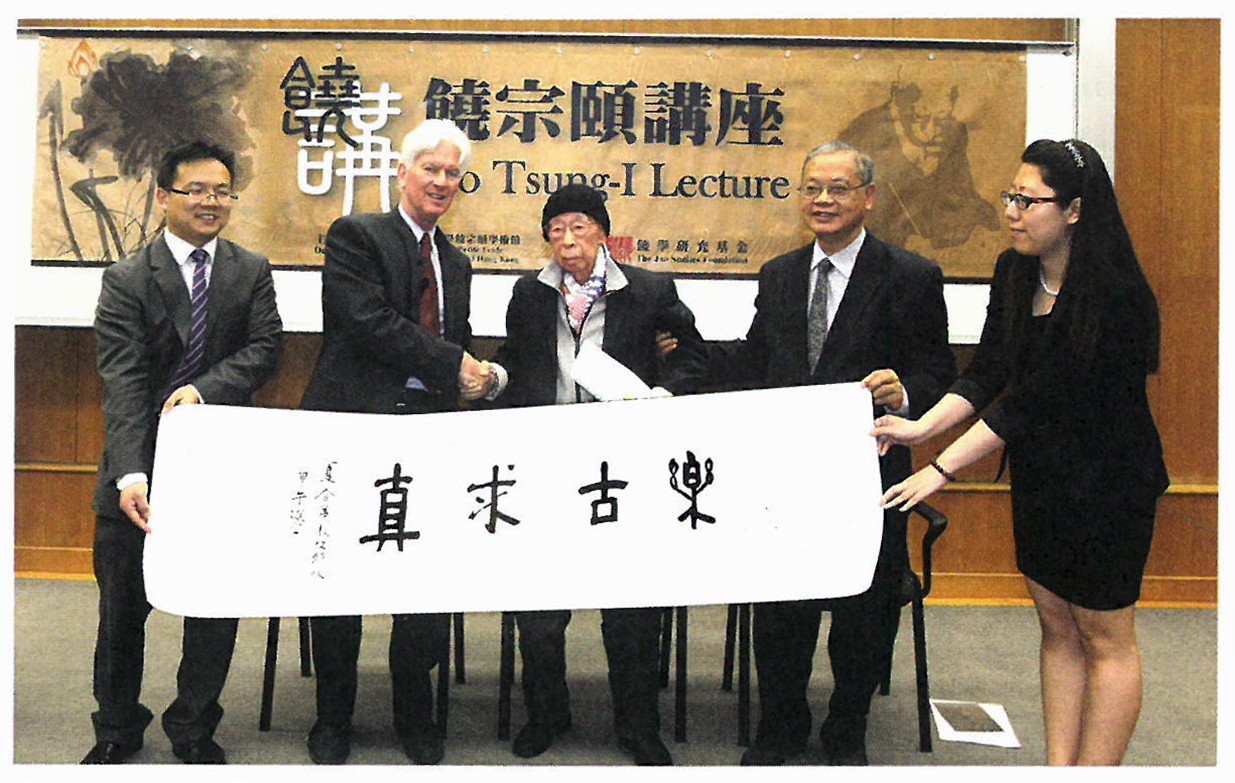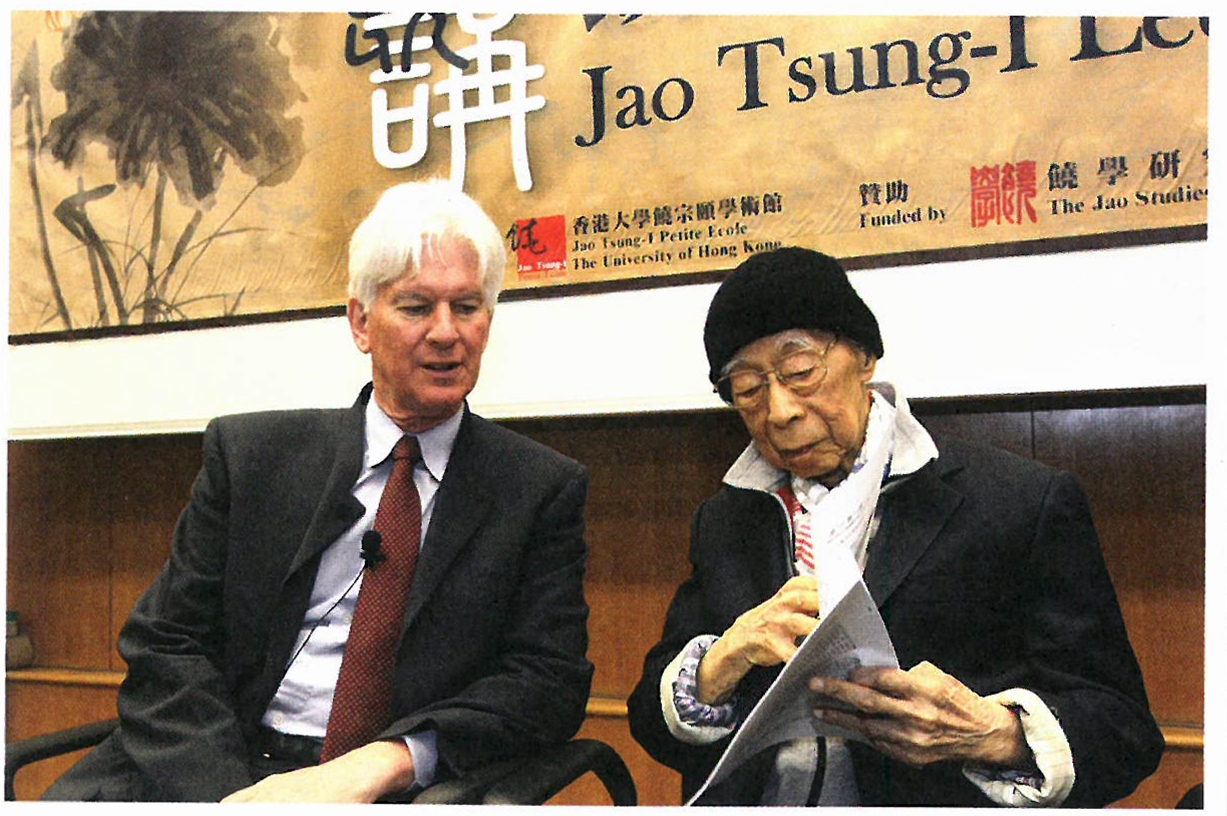Jao Tsung-i Lecture in Chinese Culture No. 3
Jao Tsung-i Petite Ecole, The University of Hong Kong
Jao Tsung-i Lecture in Chinese Culture No. 3
Double Evidence Plus Triple Evidence Equals Quintuple Evidence If and Only If Evidence is Unitary: Further Remasks on the Evudential Method for Scholarship on Ancient China
Edward L. Shaughnessy
Creel Distinguished Service Professor of Early China in the Department of East Asian Language and Civilizations of the University of Chicago


Abstract
Throughout the twentieth century, the “Double Evidence Method” advocated by Wang Guowei was the most important research method for the cultural history of ancient China. However, in 1982, Jao Tsung-i proposed a “Triple Evidence Method,” adding material culture to the “paper sources” and “underground sources” of Wang Guowei. In 2003, Jao again discussed scholarly methods, and added two more “indirect” types of evidence: “anthropological sources” and “ancient historical sources of other countries.” What constitutes evidence, how to use evidence, and how to decide the weight to give to evidence are the first problems encountered by historians. The views of Wang Guowei and Jao Tsung-i can be considered as the mainstream of contemporary history, and in The Cambridge History of Ancient China, of which I was co-editor, we adopted this methodology as the basic structure of the book. Nevertheless, after the book was published, we discovered that not all scholars accept this viewpoint. Two books reviews were published raising pointed criticisms from two different standpoints: one said that we had under-emphasized traditional Chinese literature, while the other said that we had over-emphasized the historicity of traditional Chinese literature, and because of this our results were “unscientific” and “non-objective.” In this lecture, I will first provide a brief overview of twentieth century viewpoints regarding historical research methods, and then will give a more detailed discussion of the editorial work on and readers’ responses to The Cambridge History of Ancient China.
